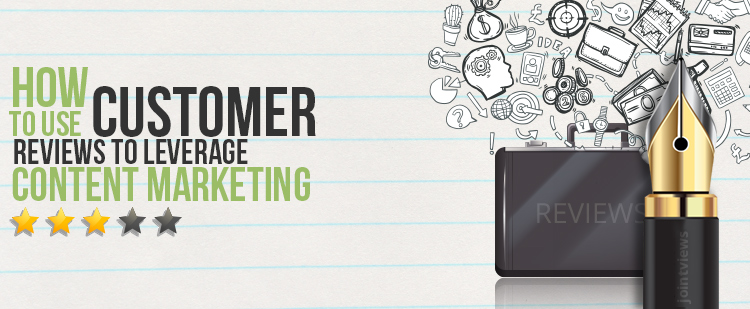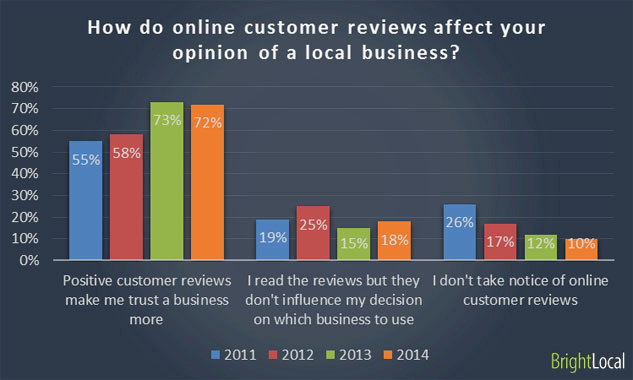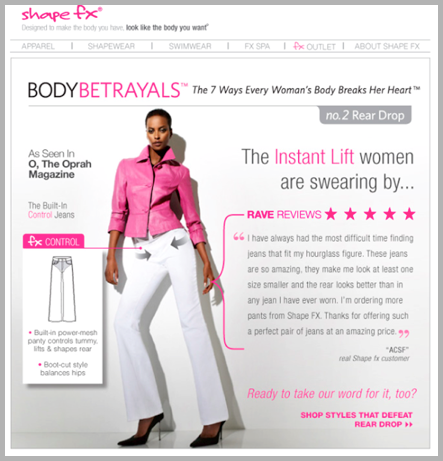About 10 million people visit the Great Wall of China every year.
Don’t you desire a traffic figure for your website that sounds as appealing as this?
No worries, we got this! All you need to do is tweak your marketing algorithm and follow the right strategy.
It can be overwhelming to choose from the myriad of schemes available, especially for beginners.
Moreover small businesses and startups need to be practical about advertising campaigns and spend wisely. What they need is a cost effective and functional campaigning strategy at the same time.
Let’s have a look at 10 most effective online advertising strategies that gave the most successful marketers a head start.
1. Target your audience
This strategy is the foundation to fabricate an effective brand image. If you do not target a specific audience for your product, you are utilizing resources in vain.
Many businesses miss on this important aspect of campaigning.
Based on your existing customer profile you can target audience with similar psychographics and convert more leads to prospects and then to customers.
Be it online or offline, make sure the presentation and visuals of your brand intrigue your customers.
2. Personal Branding
As digital marketers, do we even have to think twice before saying Neil Patel and how he channelized his popularity to build a multi-million dollar empire?
That is how amazingly this technique works. Branding yourself helps you leverage your personality to gain trust and credibility.
The way you present yourself determines if or not people will want to buy from you. As it’s easy to predict your viewpoints once they see you and listen to you.
Boring as it might seem in fiction, predictability is all what people want in real life.
3. Search Engine Optimisation (SEO)
The technical structure of your site determines the search position ranking of your website.
This structure is fabricated by SEO to bring your website under the lens of the search engine.
It is a form of paid online advertising which is achieved through optimization of the content on the website. It helps generate more targeted traffic.
4. Pay-Per-Click (PPC) Ads
Pay per click ads is the inorganic mode, used to drive traffic to a website. As an advertiser you pay the publisher when the ad is clicked by a user. PPC basically means the amount spent to get a click on the ad.
The advertiser bids on the keywords specific to the target audience. Bidding implies the amount he is willing to pay the advertising service for a click.
5. Native Ads
These kind of paid ads are embedded onto the website in a way that they blend in with its visuals and functioning. Hence, the name native ads.
If you sponsor your content on a website, you must keep up with the consistency of the native user experience.
According to figures reported by sharethrough, consumers looked at native ads 2% more than editorial content and spent the same number of seconds viewing.
They provide a decent experience as they do not interrupt website usability. Strategists may find it more appealing than video ads.
Furthermore, native ads can bag you more prospects owing to the use of click bait headlines.
6. Social Media Marketing
Social media is the heart of the marketing system. You have the scope of pumping your content through various channels such as Facebook, Twitter, Instagram depending on the brand personality and the target audience.
This method might not get you quick results but has the maximum potential for a long sustaining brand image. Not to mention, your content is your trump card here. It is important that you give your audience a delightful experience.
This method helps gain visibility and drives brand equity. Given the reach of social media, you can build inbound traffic using your syndicates.
7. Email Marketing
For this one to work, you need a strong follower’s base.
Mind you! Email marketing can be tedious but has potential for ROI.
Keep content easy on the eyes and brand at the top of the mind.
Poor content quality will not leave you without your targets marking you as spam.
Target your purchase lead list or those in the current customer database.
Email marketing increases trustworthiness and enhances the chance of repeat business. It psychologically moulds the customer to believe that you value the relationship with them causing them to stay loyal and be your verbal advocates.
8. Affiliate Marketing
Affiliate marketing is a kind of outsourcing program which emerged as a result of market complexity.
This is a performance based strategy whose success lies in the efforts of the affiliate. The affiliate gets the website visitors and buyers in return for a reward.
The merchant, network, publisher and the customer make up the core of the affiliate system.
9. Big Data
You may run as many ads online but if they are not seen by the right people, it is not a bang for the buck.
You might have come across ads for products you just viewed on an e-commerce website popping up on a different website you visit. Ever wondered why?
This is the result of up-front research of marketers and their inorganic marketing strategy put together.
They make sure their ads are viewed by the target audience with the aid of big data.
Big data is only a high-standard way of addressing a database containing relevant information, gathered from various sources in abundance.
Advertisers use the big data information to run online advertisements on screens of the audience of their interest.
For example,
They will use marketing data from different sources to determine the youth visiting a particular website are also interested in music instruments. They will run music instruments on sale ads micro-targeting that group.
10. Text Link Ads
This is basically hyperlinked text on a website or a blog. It works well in monetizing a website. When visitors click the link, you as an advertiser have to pay the publisher of the blog or website.
The pay is in accordance with the pay-per –click method.
The popularity of the blogger or the website on which you link these ads plays a crucial role.
In addition, these ads improve the search engine ranking of your content.
Conclusion
Each of the above strategy mutually compliments the benefits of the other. For optimizing your marketing process it would be best to glean them all tactfully.
Do share your experiences if you found the information helpful. If you feel we have missed out on some important strategies, please feel free to share in the comments.
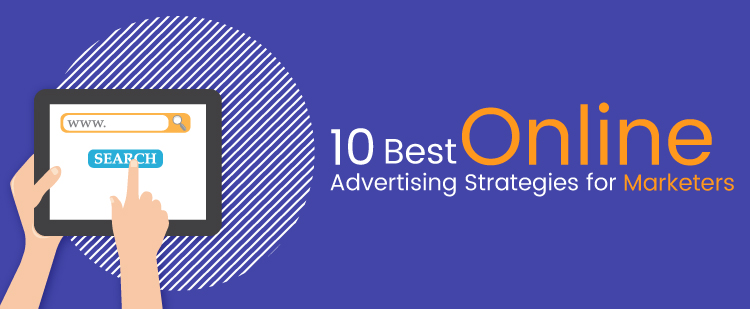


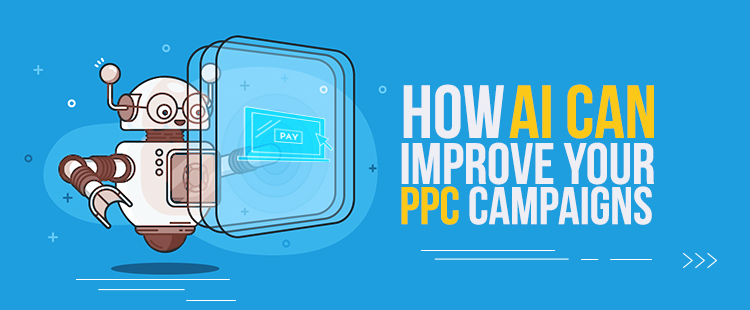
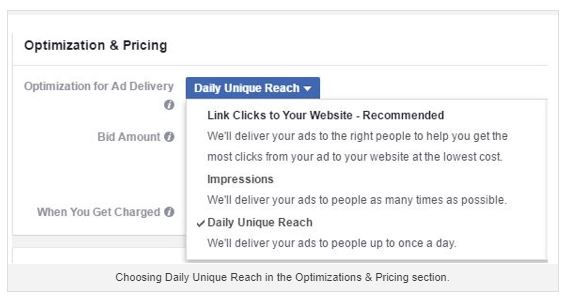
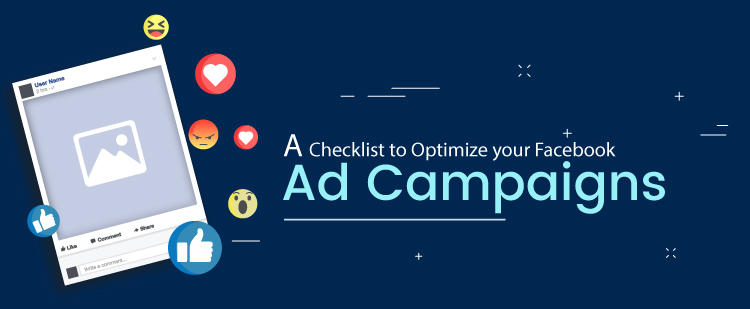
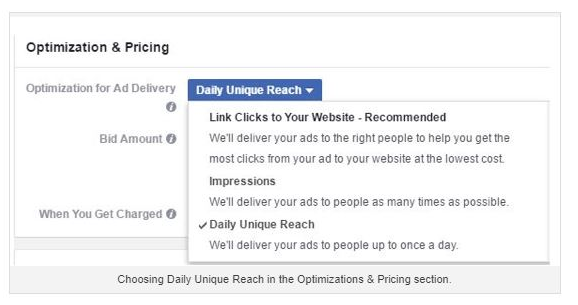
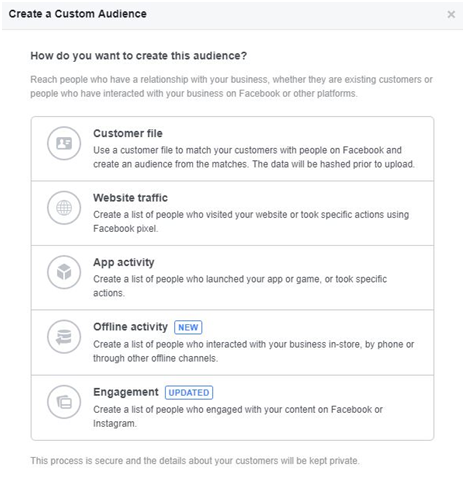
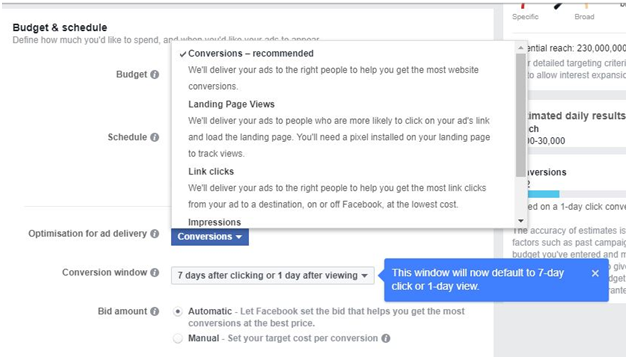


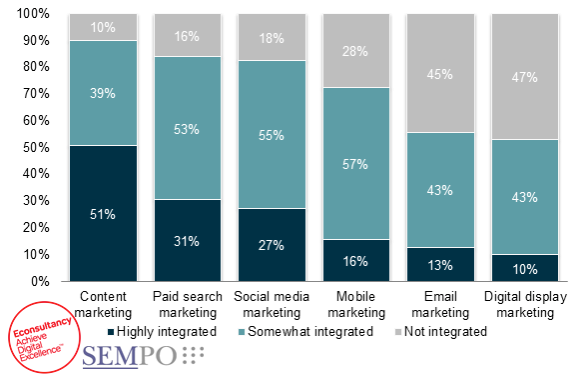

![90 Link Building Strategies to Use in 2018 [Infographic]](https://wp.jointviews.com/wp-content/uploads/2018/01/featured-image.jpg)


